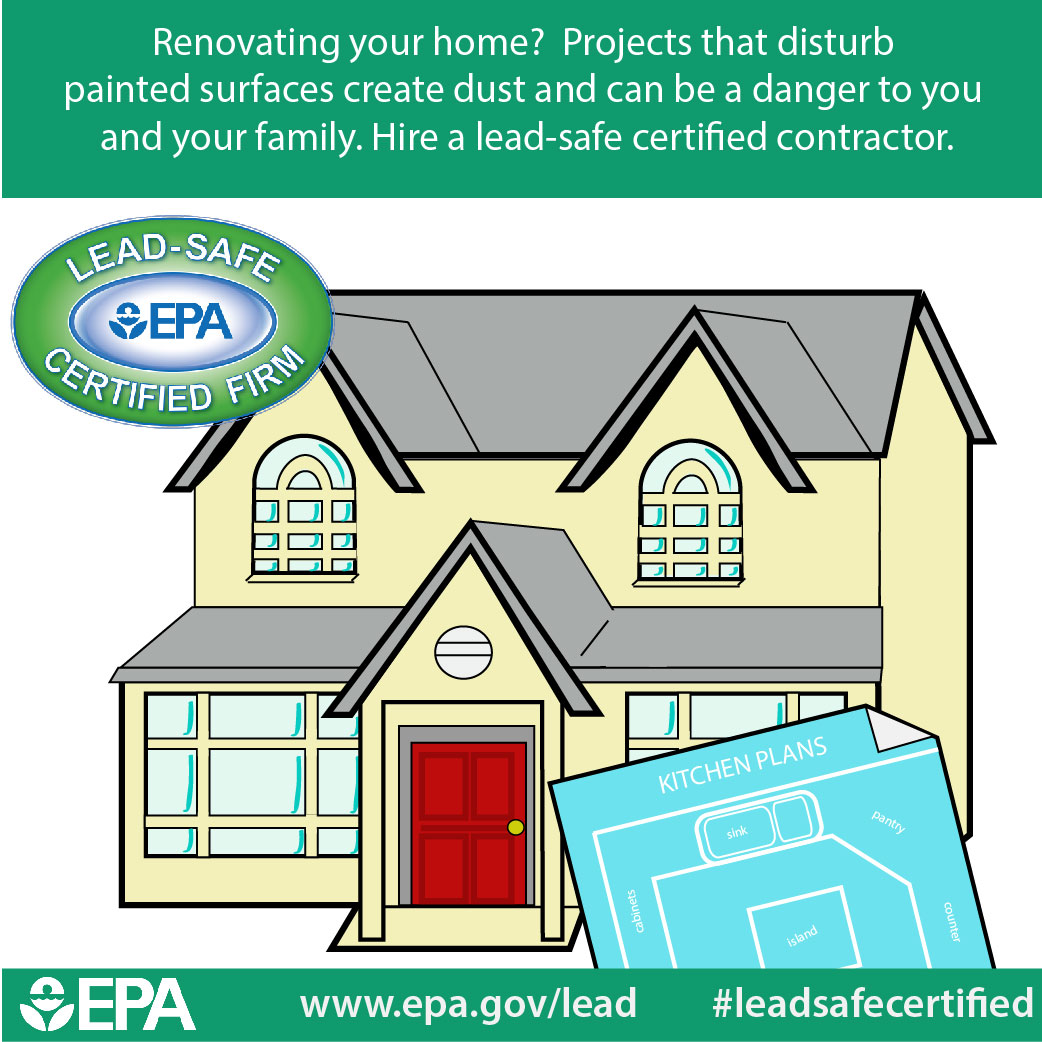Crucial Seasonal Aspects Of Commercial Outside Paint: What You Should Understand
Crucial Seasonal Aspects Of Commercial Outside Paint: What You Should Understand
Blog Article
Short Article Composed By-Carlson Chaney
When you're preparing an industrial external paint project, seasonal aspects can make or damage your outcomes. You'll intend to consider how temperature level and humidity influence paint application and drying out times. Choosing the ideal season can ensure your paint adheres appropriately and lasts longer. Yet which periods are really the most effective for this type of work? Allow's explore the key elements that can influence your project's success.
The Impact of Temperature Level on Paint Application
When you're planning a commercial exterior paint task, the temperature can considerably impact just how well the paint sticks and dries out.
Ideally, you intend to paint when temperatures vary between 50 ° F and 85 ° F. If it's as well cool, the paint might not cure appropriately, leading to problems like peeling off or fracturing.
On the other side, if it's too hot, the paint can dry out too rapidly, stopping proper bond and leading to an irregular finish.
You must likewise consider the moment of day; early morning or late afternoon provides cooler temperatures, which can be more beneficial.
Always examine the supplier's suggestions for the specific paint you're using, as they frequently provide assistance on the ideal temperature level array for ideal outcomes.
Humidity and Its Result on Drying Times
Temperature isn't the only environmental element that affects your commercial exterior paint task; moisture plays a considerable duty also. High humidity degrees can decrease drying out times substantially, influencing the total high quality of your paint job.
When the air is filled with moisture, the paint takes longer to cure, which can bring about issues like bad bond and a higher risk of mold development. If you're repainting on an especially moist day, be planned for extensive delay times between coats.
It's vital to keep track of neighborhood weather and strategy appropriately. Preferably, go for moisture levels between 40% and 70% for optimal drying out.
Maintaining these factors in mind guarantees your task stays on track and delivers a long-term finish.
Best Seasons for Commercial Exterior Paint Projects
What's the very best time of year for your business exterior paint tasks?
Springtime and very early fall are typically your best choices. Throughout these seasons, temperature levels are mild, and moisture levels are commonly lower, creating excellent problems for paint application and drying out.
Prevent summertime's intense heat, which can cause paint to completely dry too swiftly, resulting in inadequate attachment and coating. Similarly, winter season's cool temperature levels can hinder proper drying and curing, taking the chance of the durability of your paint job.
Aim for days with temperature levels between 50 ° F and 85 ° F for optimum results. Remember to inspect the neighborhood weather report for rainfall, as damp problems can ruin your project.
Preparation around these elements ensures your paint project runs efficiently and lasts much longer.
Verdict
To conclude, preparing your business external paint jobs around seasonal factors to consider can make a substantial distinction in the end result. By organizing https://professionalpaintersnearm53197.azzablog.com/34493497/recognize-the-crucial-questions-to-ask-when-working-with-residence-painters-and-reveal-the-insights-for-changing-your-home-with-a-fresh-application-of-paint throughout the ideal temperatures and humidity degrees, you'll guarantee far better attachment and drying out times. Remember to keep an eye on neighborhood weather prediction and pick the correct time of year-- springtime and very early fall are your best bets. Taking Read More Here will help you attain a durable and professional coating that lasts.
